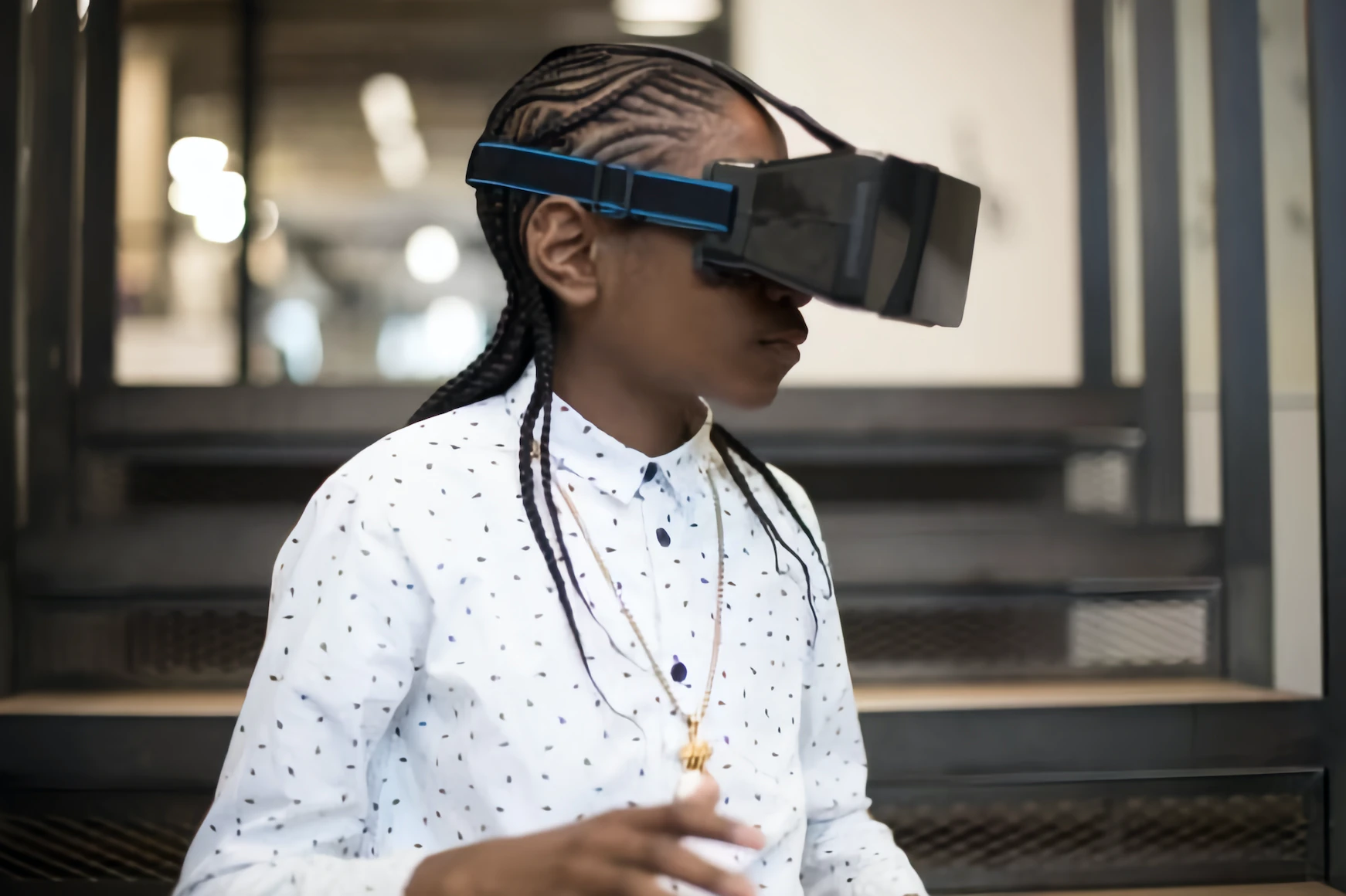Many journalists and visual artists have begun experimenting with immersive storytelling forms through long-form photojournalistic pieces or 3D visualisations which allow readers to interact with data or scenes.

In a new era of immersive storytelling and interactive communications, the great benefit and implications for journalism and media practitioners is an opportunity to reimagine storytelling where stories are not to be only read but experienced.
But what does this mean for journalists and local newsrooms and their audiences?
What are the barriers for African newsrooms and their audiences in a news landscape battered by many constraints including access to the internet and tight budgets?
In regions like east Africa where digital uptake is high, technical language and jargon can slow down the use of these innovations.
This is according to OnaStories Tanzanian co-founder Tulanana Bohela.
Translating new technologies into high-value addition to stores is part of her secret.
“So for someone who is not English speaking, this word ‘virtual reality’ doesn’t seem to translate. So how am I translating it down to my common layman term where 90% of the newspapers here are in Swahili language,” she said.
“So then the challenge is breaking such barriers, we are thinking of these access barriers as technical but even I think we need to think of them as contextual.”
A new era built by AI
Three waves of artificial intelligence (AI), breakthroughs and transformative technology has led journalism into an era of clever, fast, data-driven and predictive journalism. African newsrooms continue to lean into these advancements by leveraging them for more valuable storytelling.
As a result, the media landscape on a global scale is becoming more interactive, experiential and no longer one-directional, says Unpacking Africa 4.0 president Emmanuel Gamor.
“The metaverse’s anticipated impact on Africa specifically requires media makers and newsrooms to prepare for the metaverse horizon as it becomes more accessible,” he said.
Storytelling Innovation Consultant and Former Director of Yahoo XR Partner Program, Laura Hertzfeld says the opportunity for journalism is exploring all the tools in the toolbox and how Virtual Reality (VR) and Augmented Reality (AR) act as different platforms to tell stories in new ways.
Hertzfeld points out that a key loophole is finding out where the audiences are and then using your content to reach them by deploying new technologies like VR and AR.
“It’s taking a pretty granular look at what are the stories that led themselves fast to some of this experimentation versus being like everything needs to be in the metaverse all the time or not everything needs to be in VR,” she said.
Nigeria Adebajo says challenges of internet access and digital uptake will not limit future growth.
Hertzfeld added that gradual progress in news presentation is the least ‘sexiest’ approach; it can be a good start.
“It’s the change of workflow for a graphics editor where we do know how to incorporate 3D objects because there are free resources online like Sketchfab and you know just pulling in 3D objects when it’s relevant to a story and being able to use web AR and include those in an interesting way,” she said.
“And sort of thinking about the future of the internet as like a 3D internet so really just thinking about how can I on a much smaller scale just enhance the story that I’m telling”.
To surmount challenges concerning the financing of these formats, Adebajo says there’s an opportunity to invite more collaborative effort for this kind of experimentation and this can be with partners that can invest in newsrooms and 3D and AR formats.
“There are also grants available from people with the resources who are willing to experiment,” he said.
“For example, the Google News initiative might be an opportunity for newsrooms in Africa to also say we’re doing this. We have this kind of content and we think we can push it into this format that will be relevant for this kind of audience,” Adebajo added.

